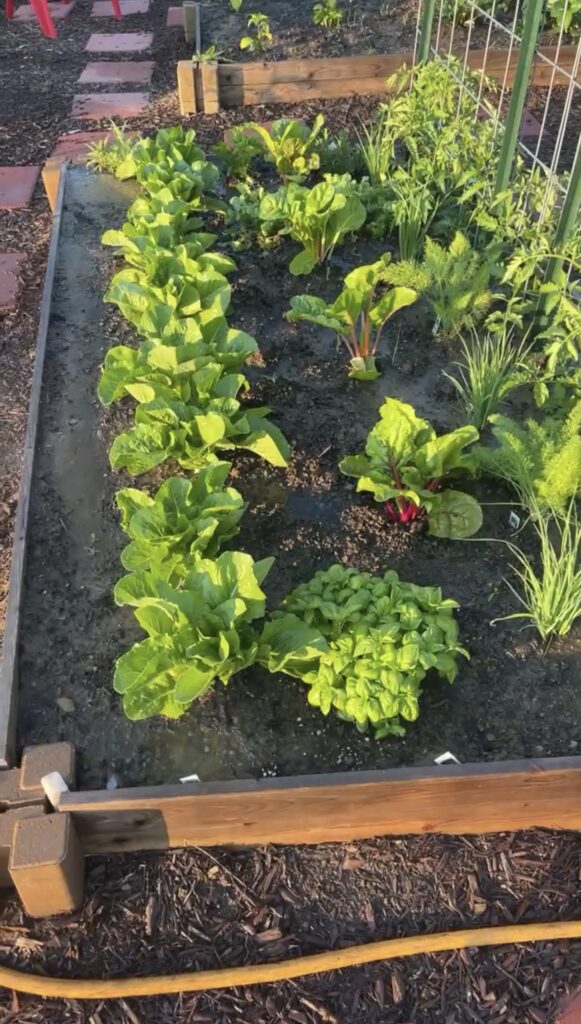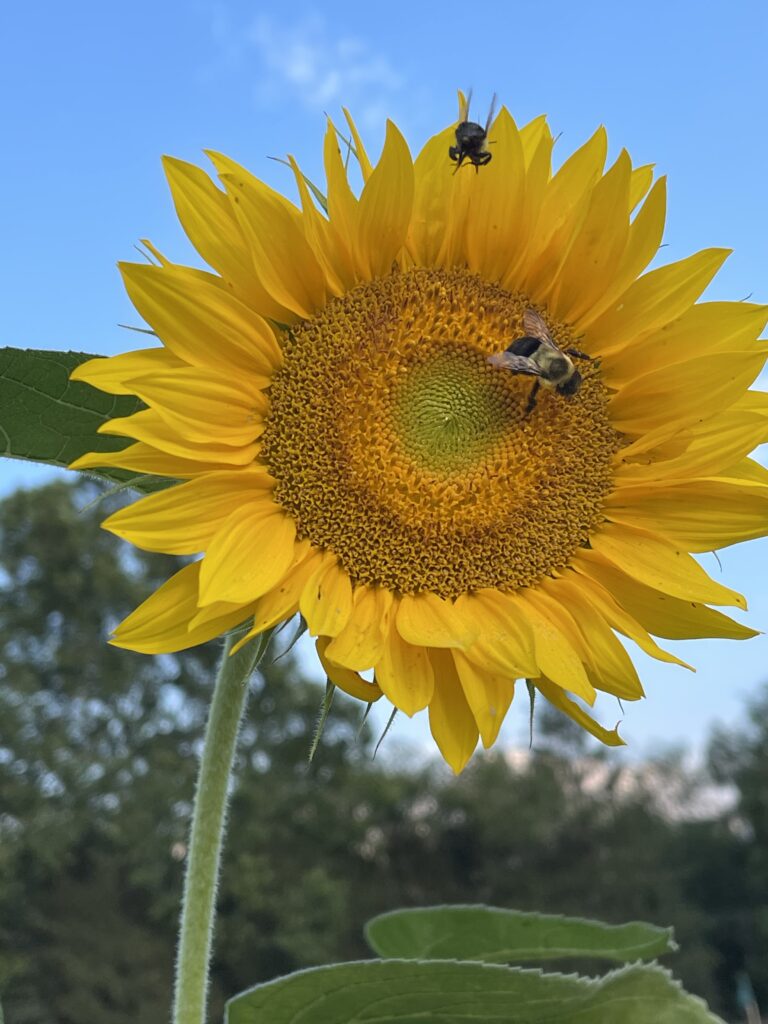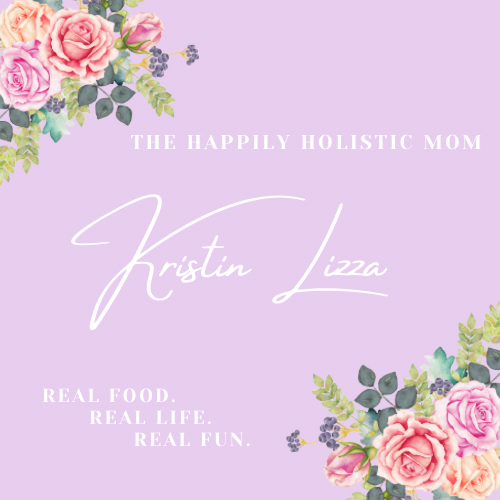Here is your go-to guide for choosing some low maintenance, high yielding vegetables.

As a gardener, there’s nothing better than snapping that first cucumber or tomato off the vine. This time of year, gardeners start to get that itch to map out what they’re planting and where. However if you’ve attempted gardening and failed, this time of year can feel bittersweet: you want to try again but part of you is convinced you’ll kill everything. Say no more, friend. I’ve been in your shoes. Don’t give up just yet. We’ve got this. Fresh herbs are almost a guaranteed success. Cucumbers, strawberries, lettuce, cherry tomatoes, squash and banana peppers have been high yielding and successful in our garden. I have made every mistake possible so I’m here to guide you to gardening success.

Seed starting vs buying started plants:
I know seed starting can be a fun hobby for some people but if you’re just starting out, I highly suggest finding a local nursery and buying started plants. It has saved me so much time and energy and really is a no-brainer especially if you’re a beginner. I’m not trying to deter you from starting your own seeds, but I’ve never really had too much success vs buying started plants. I personally found it to be an equally interesting and yet frustrating process but, to each their own! I have seen people be very successful planting their own seeds, but I personally like to conserve my energy in this area.

My favorite nursery:
My FAVORITE local nursery is Cellurale’s Garden Center. I frequent this nursery multiple times per planting season. They have an amazing variety, the best prices, but above all-the BEST CUSTOMER SERVICE EVER. My friend Elizabeth is beyond brilliant and helpful when it comes to all things plant related. I get all my fruit and veggie plants here but I also have been known to come home with 29 flower plants from here as well. My entire wildflower and vegetable garden is from Cellurale’s and it thrives every single year. This is not an ad: I truly love this nursery THAT MUCH! If you are local, I can’t recommend this place enough.

How do I choose what to plant?
My first suggestion is to plant what you and your family like to eat and plant what you buy regularly at the store. So if you go through a ton of strawberries like my family, that’s going to be a huge hit and save you some trips to the grocery store. It’s easy to get caught up buying cool plants, but if you plant a ton of kohlrabi when your family has never even heard of it, you’re probably setting yourself up for a tiny let down.
Strawberries
I suggest planting almost too many strawberry plants because sometimes it’s disappointing to only get 3 berries per harvest. Some get lost to pests like ants and slugs so I like to err on the side of excess berries.

Cucumbers
Cucumbers are high yielding and taste so fresh and delicious straight from the garden. I make an amazing fermented pickle recipe HERE. Fresh cucumber slices in ice water is one of the most refreshing ways to use them also. A fresh cucumber, tomato salad with fresh herbs, balsamic and olive oil is such a nice summer side dish-no grocery store required.

Tomatoes
I plant a wide variety of tomatoes. Some colorful, some big for sandwiches and some small for snacking. I like to use a fertilizer called Tomato Secret when I’m planting my tomatoes. I’ve always had success with them when I use this product. I have learned everything I know about tomatoes from Jessica Sowards at Roots & Refuge-specifically from this video on tomatoes and also this tomato tutorial-everything from how deep to plant them to how heavily to prune them. Jessica is a total gardening genius whom I still continue to learn from each gardening season.

Lettuce
We eat a TON of salad so I plant a lot of Romaine lettuce. Lettuce can be harvested many times by cutting the tops off horizontally and if the root is left intact, it will actually keep growing the whole summer. Arugula is a fancy addition to regular salads also.

Swiss Chard
Rainbow Swiss Chard became an instant favorite of ours too! None of us had ever tried it but ended up wanting to plant it every year now. It can be harvested all summer by cutting the tops off-just like lettuce. We eat it a few different ways but our favorite is simply with Extra Virgin Olive Oil and Salt.

Butternut Squash
Butternut squash takes up a bit of space but was an unexpected favorite of mine. The squash lasted into October or November and yielded a TON of large squash. I simply roasted most of these with garlic, olive oil, salt and pepper as a side but I also made quite a few batches of soup and even a sauce for Gnocchi and topped it with bacon, browned butter and garden sage.

Banana Peppers
We grow a lot of banana peppers. Some sweet for the kids but the majority is hot banana peppers and they are so delicious roasted with garlic and served with bread. My mom taught me to stuff hot banana peppers with Italian sausage, egg and bread crumbs and bake in tomato sauce. Jalapeño Peppers are another high yielding crop. Here is a Fermented Jalapeño recipe that is awesome paired with any meat like grilled chicken or steaks, or pork roast. These jalapeños are absolutely delicious on tacos and nachos as well.

Herbs:
I always purposely plant too much basil every year and it’s my most used herb. Every time I water my basil it makes my whole garden smell like heaven! Parsley is nice to grow for a green garnish but garlicky parsley red potatoes are a favorite way to use this herb. I grow chives for salads and baked potatoes, rosemary for any meats or breads and cilantro for salsas, guacamole and tacos.
If I notice that I’m not using my herbs fast enough, I will harvest them and dehydrate them and they last me all winter til I can plant fresh in the spring.

Attract Pollinators with Sunflowers
Although sunflowers aren’t grown for eating, they serve a purpose other than being absolutely breathtaking! Sunflowers attract tons and tons of bees to your garden and help pollinate your plants. I plant a wide variety of sunflowers each year and they truly make my garden complete.

Some easy herbs to grow as a garden newbie:
- Basil
- Chives
- Parsley
- Rosemary
- Cilantro
Some low maintenance, high yielding plants for beginners:
- Strawberries
- Cucumbers
- Cherry Tomatoes
- Lettuce
- Banana peppers
- Jalapeño Peppers
- Butternut squash
For help getting started, check out my post on How To Build A Raised Garden Bed for a step by step guide including benefits of raised beds, materials needed to build, and mapping out the best location for your beds.

You are truly gifted !
Oh my gosh! This just made my whole entire life better. Coming from you that is such a huge compliment! Thank you beyond words for this!